Cracking the Code of the Russian Tile and Ceramic Landscape
The vast and dynamic landscape of the Russian economy presents a unique puzzle for global industries, and the tile and ceramic market is no exception. Often seen as a bellwether for construction and consumer confidence, this sector in Russia has undergone significant transformations over the past decade. From shifting consumer preferences to evolving regulatory frameworks and geopolitical influences, understanding the intricacies of this market is crucial for anyone looking to invest, expand, or simply comprehend its trajectory. This comprehensive analysis aims to crack the code, delving deep into the current trends shaping the Russian tile and ceramic market, illuminating the burgeoning opportunities that lie within, and candidly addressing the persistent challenges that demand strategic navigation. Whether you’re a manufacturer, distributor, investor, or a market analyst, this article will equip you with the essential insights needed to make informed decisions in this pivotal segment of the Russian construction materials industry. We will explore everything from domestic production capabilities and import reliance to the impact of sanctions, technological advancements, and the burgeoning demand for sustainable solutions, providing a truly 100% practical and actionable overview.
Understanding the Russian Tile and Ceramic Market Ecosystem
The Russian tile and ceramic market is a complex ecosystem, influenced by a myriad of internal and external factors. Its size and growth trajectory are directly tied to the broader economic health of the nation, particularly the performance of the construction sector. Residential, commercial, and public infrastructure projects are primary drivers of demand for ceramic tiles, porcelain stoneware, and other related products. Historically, Russia has been a significant producer and consumer of these materials, with a blend of large domestic players and a strong presence of international brands.
The market structure is characterized by a mix of local manufacturing facilities, some of which are subsidiaries of foreign companies, and a substantial import segment that caters to specific niches or higher-end demand. Production capacity has seen fluctuations, often responding to government initiatives aimed at import substitution and domestic industrial development. Distribution channels are diverse, ranging from large retail chains and construction hypermarkets to specialized showrooms and direct sales to developers and contractors. Understanding this foundational ecosystem is the first step in appreciating the nuances of the market’s evolution.
Current Trends Shaping the Russian Tile and Ceramic Market
The Russian tile and ceramic market is in a constant state of flux, shaped by both global dynamics and unique domestic circumstances. Identifying these trends is paramount for strategic planning.
Shifting Consumer Preferences and Design Trends
One of the most profound shifts observed is in consumer preferences. Russian consumers are increasingly sophisticated, demanding not just functionality but also aesthetics, durability, and a reflection of contemporary design.
Rise of Porcelain Stoneware (Gres Porcellanato)
Porcelain stoneware continues its dominance due to its superior technical characteristics, including high resistance to abrasion, low water absorption, and frost resistance, making it suitable for both indoor and outdoor applications. There’s a growing demand for large-format porcelain slabs, which create a more seamless and expansive look, particularly in modern residential and commercial projects. Finishes mimicking natural materials like wood, marble, and concrete remain highly popular, offering the aesthetic appeal without the maintenance challenges of the real thing.
Focus on Durability and Longevity
With an emphasis on value for money, consumers and developers are increasingly prioritizing durable materials that can withstand harsh Russian climates and heavy foot traffic. This drives demand for high-quality tiles that promise longevity, reducing the need for frequent replacements.
Eco-Consciousness and Sustainable Solutions
While perhaps not as pronounced as in Western Europe, there’s a burgeoning awareness and demand for eco-friendly and sustainable building materials. This translates into interest in tiles produced using sustainable methods, recycled content, and those with certifications for low VOC emissions. Manufacturers who can demonstrate their commitment to environmental responsibility are gaining a competitive edge.
Digital Printing and Customization
Advancements in digital printing technology have revolutionized tile design, allowing for incredibly realistic textures and intricate patterns. This enables greater customization, catering to niche market demands and allowing for unique architectural expressions. From intricate geometric patterns to hyper-realistic stone veins, digital printing offers endless creative possibilities.
Impact of Geopolitical Factors and Sanctions
The geopolitical landscape has undeniably cast a long shadow over the Russian economy, and the tile and ceramic market is not immune. Sanctions imposed by Western countries have had multi-faceted impacts.
Import Substitution and Domestic Production Boost
One of the most significant effects has been a concerted push towards import substitution. The Russian government has actively encouraged domestic production across various industries, including building materials, to reduce reliance on foreign imports. This has led to increased investment in local manufacturing facilities, expansion of existing plants, and a focus on improving the quality and range of domestically produced tiles. This is a double-edged sword: while it reduces import dependency, it can also lead to higher domestic production costs if efficiency or raw material sourcing is challenging.
Shifting Trade Partnerships
Sanctions have forced Russia to re-evaluate its trade partnerships. While traditional European suppliers might face restrictions, there’s a notable shift towards increased imports from countries in Asia (e.g., China, India, Turkey) and even within the Eurasian Economic Union (EAEU). This diversification of supply chains introduces new dynamics in terms of pricing, quality standards, and logistics.
Access to Technology and Equipment
A critical challenge stemming from sanctions is restricted access to advanced manufacturing technologies and specialized equipment from Western countries. This can hinder efforts to modernize production facilities, improve efficiency, and adopt cutting-edge design capabilities, potentially widening the technology gap with leading global producers. Local innovation and partnerships with non-sanctioning countries become crucial in this context.
Construction Sector Dynamics
The health of the construction sector is the primary determinant of demand for tiles and ceramics.
Government-Backed Infrastructure Projects
Despite economic challenges, the Russian government continues to invest heavily in infrastructure projects, including new residential complexes, public buildings, and transportation hubs. These large-scale projects provide a consistent demand base for ceramic materials, often favoring domestic suppliers when possible.
Residential Construction Boom (or Bust Cycles)
Residential construction remains a significant driver. While there have been periods of boom, the sector is also susceptible to economic downturns, interest rate fluctuations, and changes in consumer purchasing power. Government mortgage support programs and urban renewal initiatives play a crucial role in stimulating residential demand. The demand for renovation and repair in existing housing stock also contributes significantly, especially for smaller-scale purchases.
Commercial and Hospitality Sector Development
The development of new commercial spaces, offices, retail centers, and hospitality establishments (hotels, restaurants) also fuels demand for tiles, particularly those designed for high-traffic areas and aesthetic appeal. Post-pandemic recovery and shifting work models will influence future demand in this segment.
Unlocking Opportunities in the Russian Tile and Ceramic Market
Despite the challenges, the Russian tile and ceramic market offers several compelling opportunities for astute players. Identifying and capitalizing on these opportunities can lead to significant growth.
Growing Demand for Mid-Range and Premium Segments
While affordability remains a key concern for a large portion of the Russian population, there is a discernible trend towards increased demand for mid-range and even premium tile products.
Discerning Urban Consumers
In major urban centers like Moscow and St. Petersburg, a segment of consumers with higher disposable incomes is increasingly willing to invest in higher-quality, design-led tiles. This demographic values unique aesthetics, superior durability, and brand reputation. This represents a significant opportunity for manufacturers and distributors specializing in more sophisticated product lines.
Commercial Project Specifications
High-end commercial projects, luxury residential developments, and hospitality venues often specify premium tiles for their durability, aesthetic appeal, and ability to withstand heavy use. This segment offers higher margins and opportunities for bespoke solutions.
Niche Market Development
Beyond general construction, specific niche markets present unique opportunities for focused growth.
Outdoor and Landscape Tiling
The increasing popularity of outdoor living spaces, patios, and aesthetically designed public areas is driving demand for specialized outdoor tiles. These require different technical properties like enhanced frost resistance, slip resistance, and fade resistance. Manufacturers focusing on these specific characteristics can tap into a growing market.
Industrial and Technical Tiles
Sectors such as industrial facilities, laboratories, and specialized workshops require technical tiles with specific properties like chemical resistance, anti-static properties, or very high mechanical strength. This is a specialized but high-value segment for manufacturers capable of meeting stringent technical specifications.
Renovation and Remodeling Market
The existing housing stock in Russia is vast, and a significant portion requires renovation and remodeling. This constant need for upgrades, from bathrooms and kitchens to living areas, provides a steady and often resilient demand for tiles. Smaller, flexible supply chains and readily available stock are key to serving this segment effectively.
Leveraging E-commerce and Digital Transformation
The rapid adoption of e-commerce in Russia presents a transformative opportunity for the tile and ceramic sector, traditionally reliant on physical showrooms.
Online Sales Growth and Accessibility
More consumers are researching and purchasing building materials online. Establishing robust e-commerce platforms, offering virtual showrooms, and providing comprehensive product information with high-quality visuals can significantly expand market reach, especially to remote regions.
Digital Marketing and Customer Engagement
Digital marketing strategies, including social media engagement, SEO-optimized content, and online advertising, can effectively reach target audiences, build brand awareness, and drive traffic to both online and offline sales channels. Interactive tools like tile visualizers can enhance the customer experience.
Strategic Partnerships and Localization
Given the complexities of the Russian market, strategic partnerships and a localized approach can unlock significant advantages.
Collaborating with Local Distributors and Developers
Partnering with established local distributors who possess extensive knowledge of regional markets and strong relationships with contractors and developers can significantly streamline market entry and expansion.
Local Manufacturing and Joint Ventures
For foreign companies, establishing local manufacturing facilities or entering into joint ventures with Russian partners can mitigate risks associated with imports, reduce logistics costs, and align with government import substitution policies. This also allows for greater responsiveness to local market demands and design preferences.
Overcoming Challenges in the Russian Tile and Ceramic Market
While opportunities abound, the Russian tile and ceramic market is not without its significant challenges, which demand careful strategic planning and resilience.
Economic Volatility and Consumer Purchasing Power
The overall economic health of Russia directly impacts the construction sector and consumer spending on non-essential items like home improvements.
Fluctuating Exchange Rates and Inflation
The ruble’s volatility against major currencies can significantly impact the cost of imported raw materials, finished tiles, and manufacturing equipment for domestic producers. High inflation can erode consumer purchasing power, leading to a deferral of renovation projects or a shift towards more affordable tile options.
Lending Rates and Mortgage Availability
Access to affordable credit and mortgage programs is crucial for stimulating residential construction and home purchases, which in turn drive tile demand. Changes in the central bank’s key rate directly influence these factors.
Supply Chain Disruptions and Logistics Complexities
The vast geographical expanse of Russia and geopolitical factors pose significant logistical challenges.
Sanctions-Related Logistics Hurdles
Sanctions can disrupt traditional shipping routes, increase transit times, and raise transportation costs for both imported goods and exported products. Finding alternative logistics partners and routes becomes crucial but often more expensive.
Infrastructure Gaps
While improving, infrastructure in some remote regions of Russia can still pose challenges for timely and cost-effective delivery of goods. This necessitates robust logistical planning and potentially localized warehousing.
Intense Competition and Price Sensitivity
The Russian tile and ceramic market is highly competitive, with both domestic and international players vying for market share.
Domestic Production Capacity Growth
As a result of import substitution policies, domestic production capacity has increased, leading to intensified competition among local manufacturers. This can put downward pressure on prices and profit margins.
Grey Market and Counterfeiting
The presence of a grey market and counterfeit products, particularly for well-known brands, can undermine legitimate sales and damage brand reputation. Vigilance and strong distribution channel control are necessary.
Price Wars
In periods of economic slowdown, price wars can become prevalent as companies compete for a smaller pool of buyers, further squeezing profit margins across the board.
Regulatory Environment and Compliance
Navigating the Russian regulatory landscape requires careful attention to detail.
Evolving Technical Regulations and Standards
Compliance with Russian GOST standards and other technical regulations is mandatory for all products. These standards can evolve, requiring manufacturers to stay updated and ensure their products meet current requirements.
Certification and Documentation
Obtaining the necessary certifications and documentation for product entry and sale in the Russian market can be a complex and time-consuming process. Engaging with local legal and certification experts is often advisable.
Import Duties and Tariffs
Changes in import duties and tariffs can directly impact the competitiveness of imported tiles. Companies need to monitor these changes to adjust their pricing strategies accordingly.
Conclusion: Charting a Resilient Course in Russia’s Tile and Ceramic Future
The Russian tile and ceramic market is a dynamic arena, characterized by a compelling interplay of established trends, emerging opportunities, and persistent challenges. Its future trajectory is inextricably linked to broader macroeconomic performance, geopolitical developments, and the evolving sophistication of both commercial and residential demand. While the push for import substitution, the shift towards digital sales, and the growing appreciation for higher-quality, design-led products present significant avenues for growth, navigating economic volatility, complex supply chains, and intense competition remains paramount.
For existing players, continuous innovation in product design, sustainable manufacturing practices, and optimized distribution channels will be key to maintaining relevance and market share. For new entrants or those considering expansion, a deep understanding of regional nuances, strategic partnerships with local entities, and a strong commitment to localization are not just advantageous but essential. The market demands flexibility, adaptability, and a proactive approach to evolving consumer preferences and regulatory frameworks. By meticulously analyzing the trends, strategically pursuing the opportunities, and robustly addressing the challenges, stakeholders can chart a resilient and ultimately prosperous course within Russia’s promising yet intricate tile and ceramic landscape. The sector, despite its complexities, offers substantial potential for those willing to invest wisely and adapt effectively to its unique rhythms.
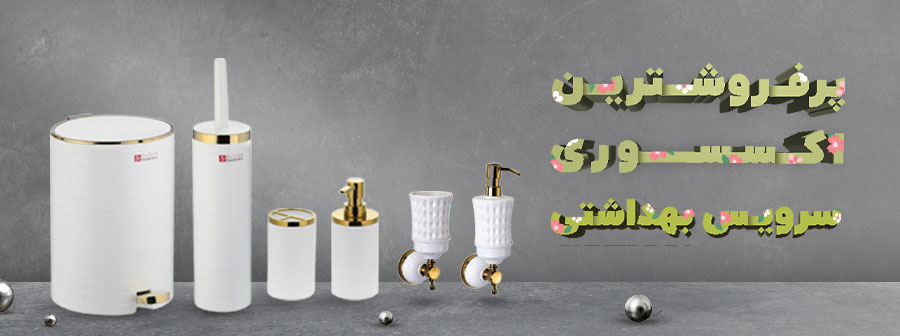
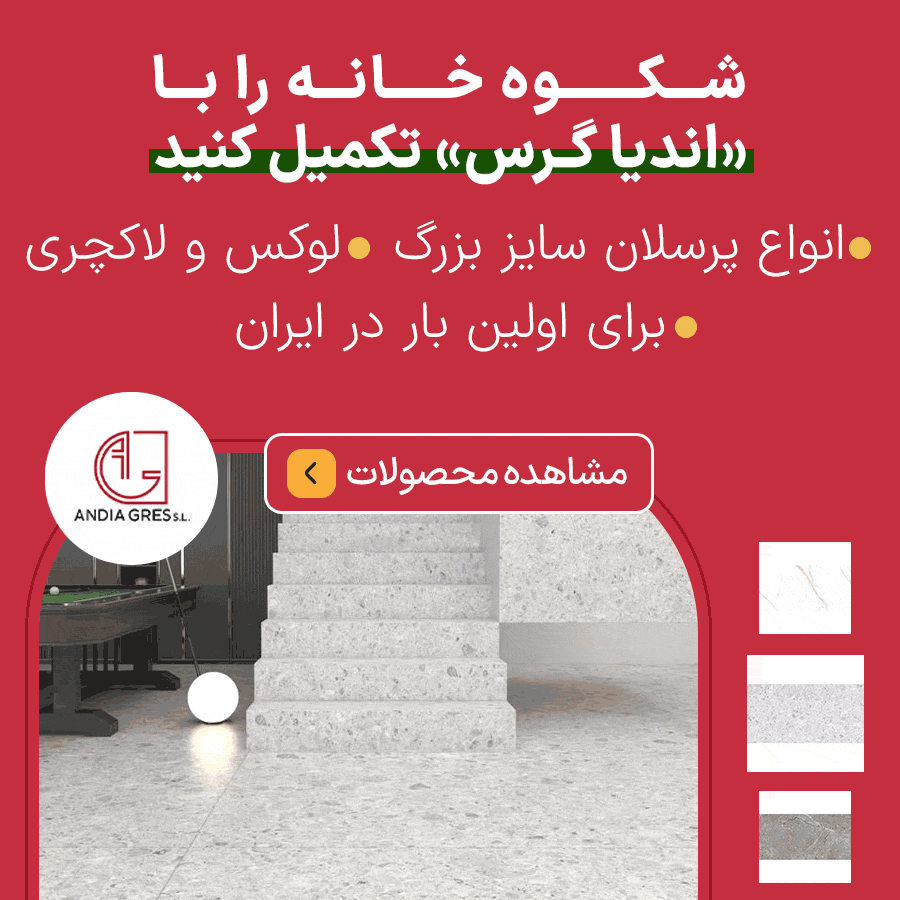
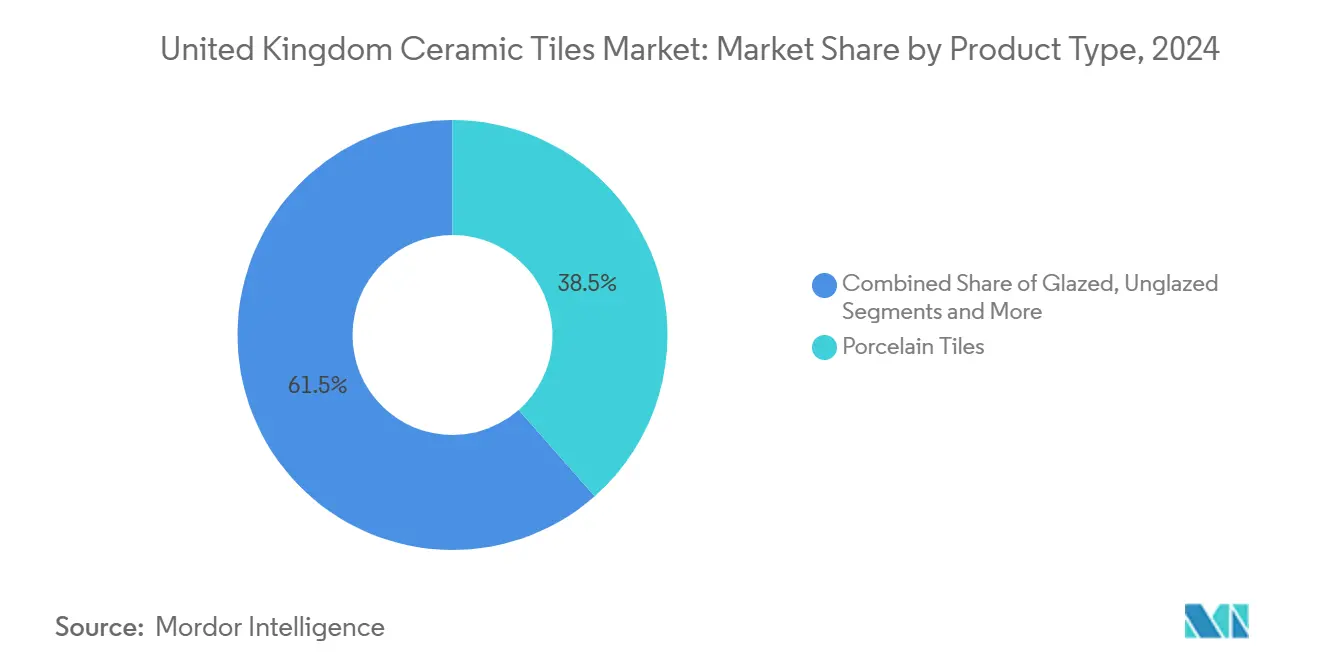

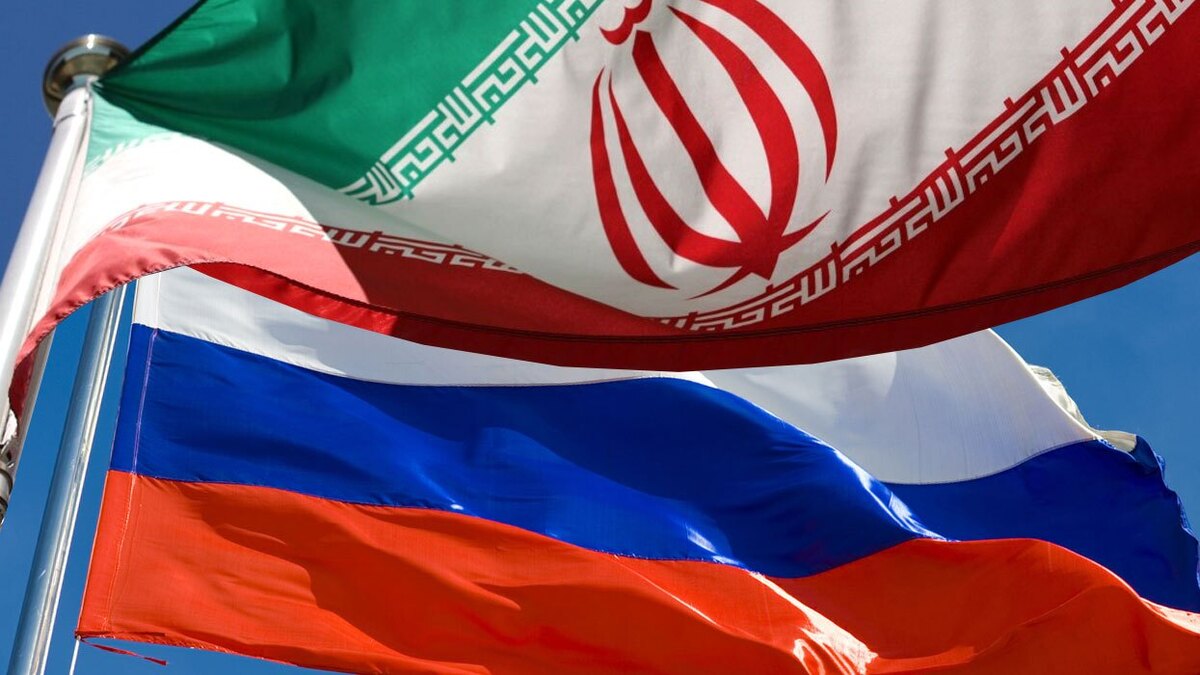


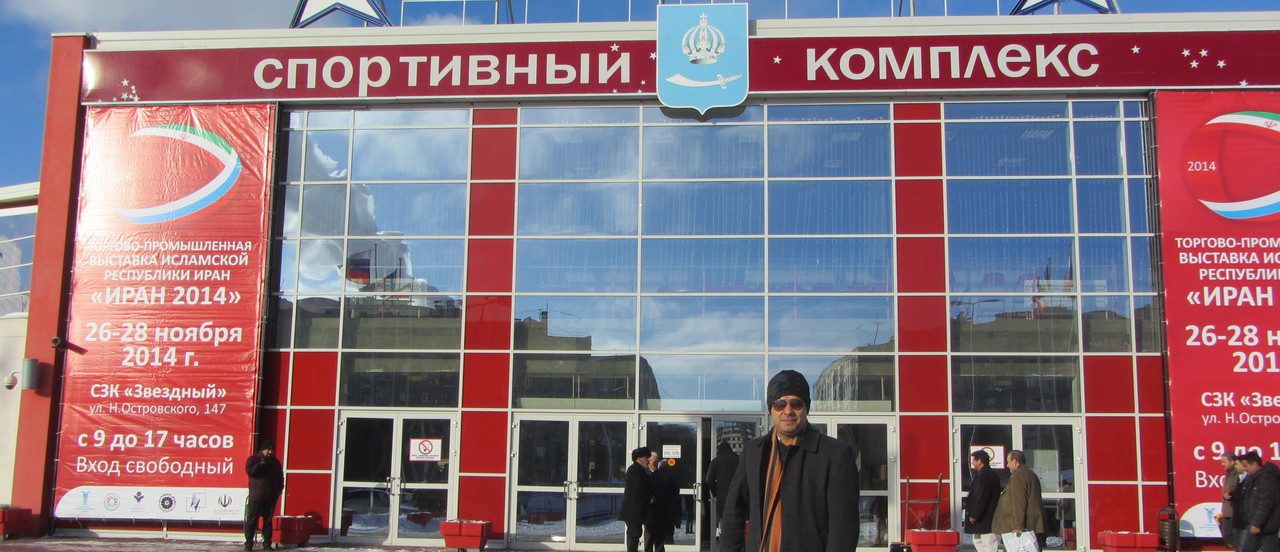
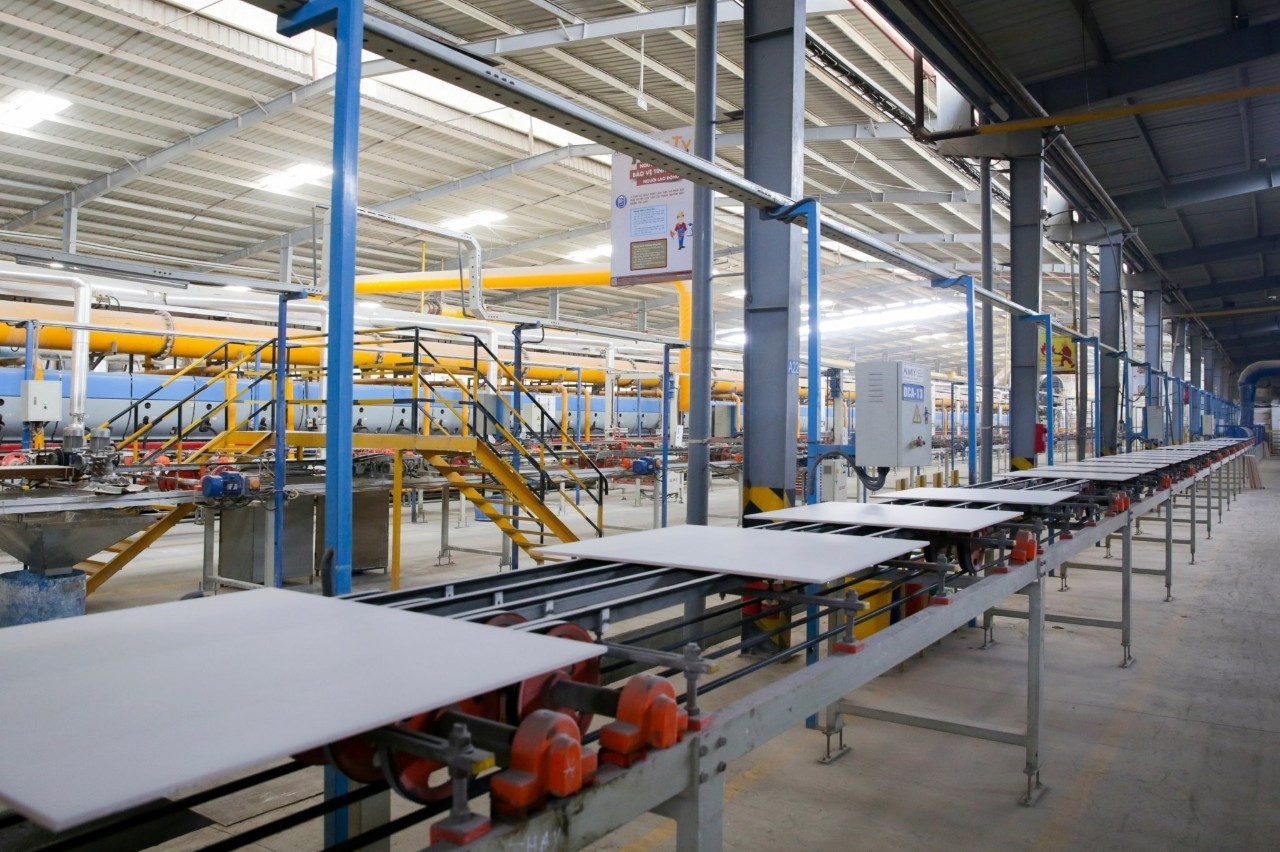
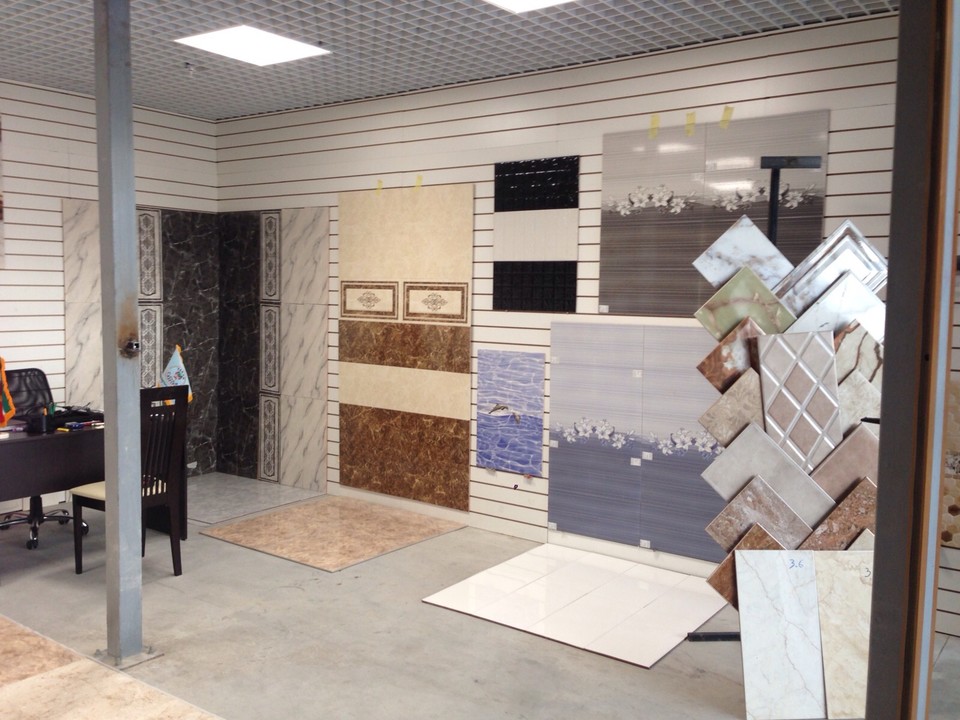


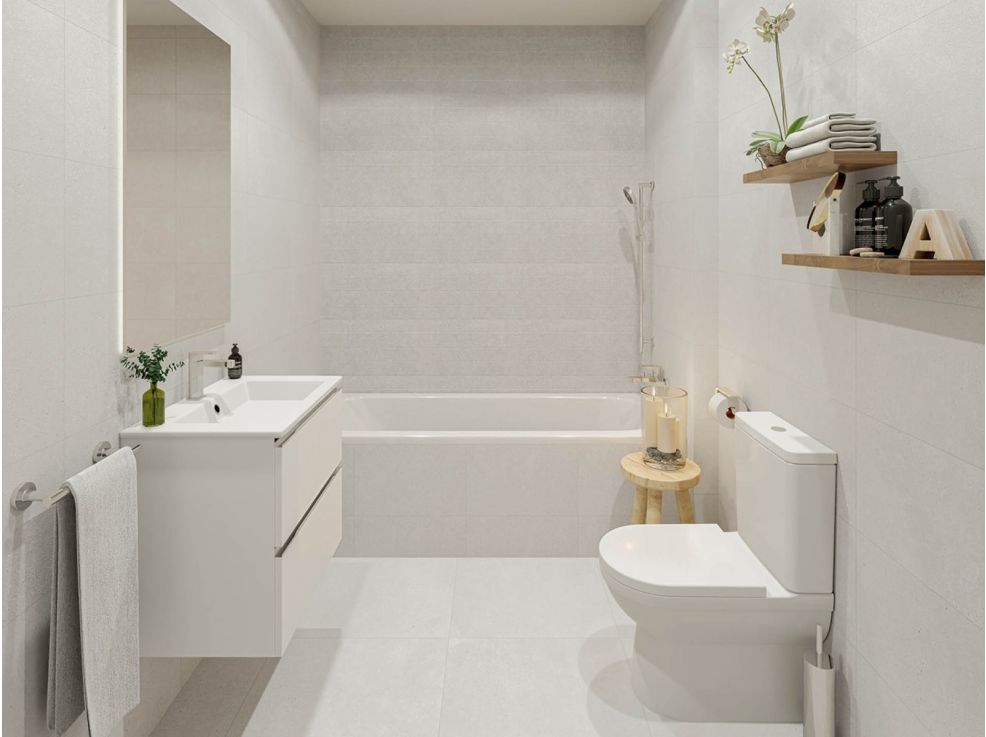
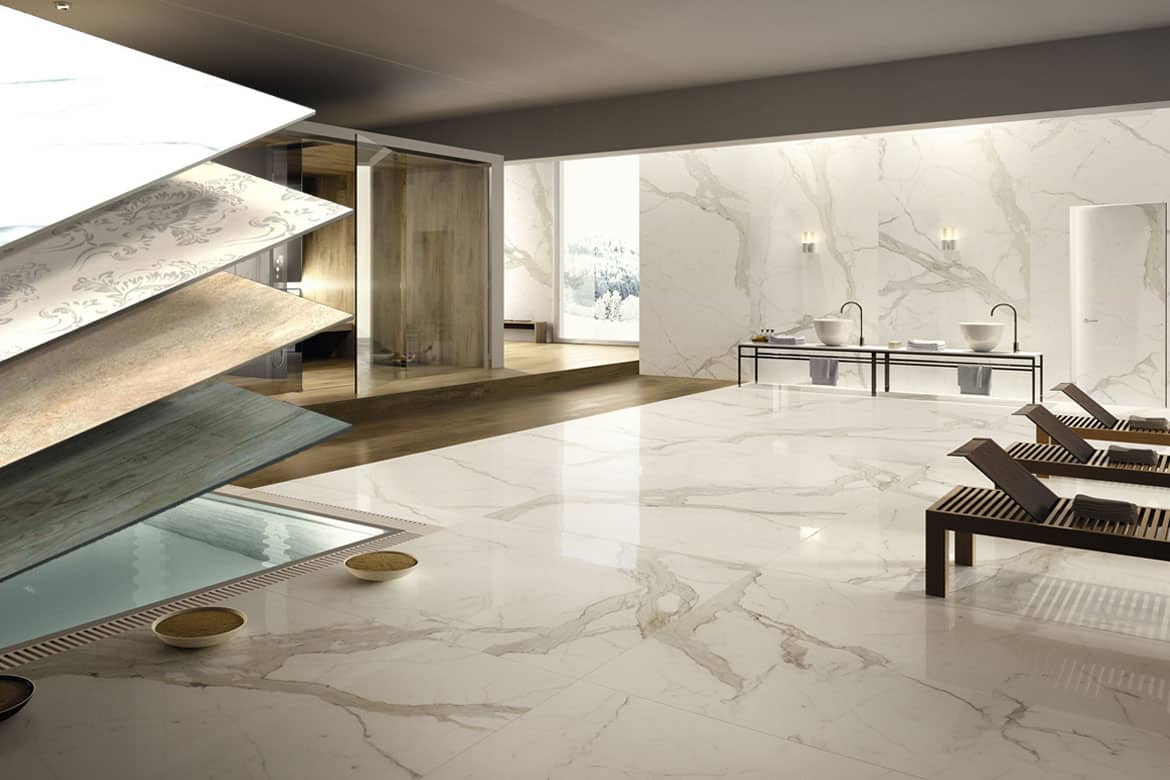
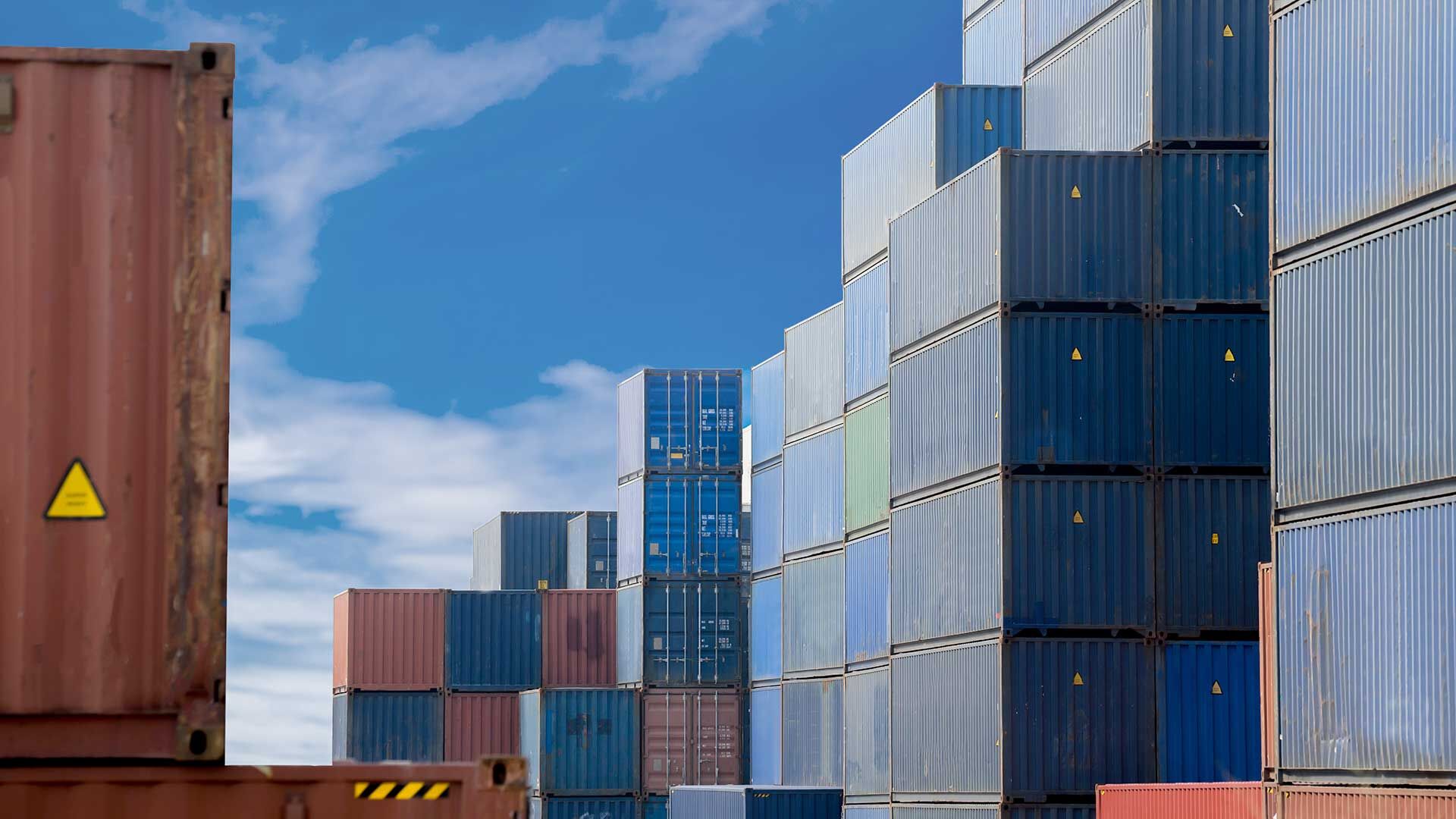
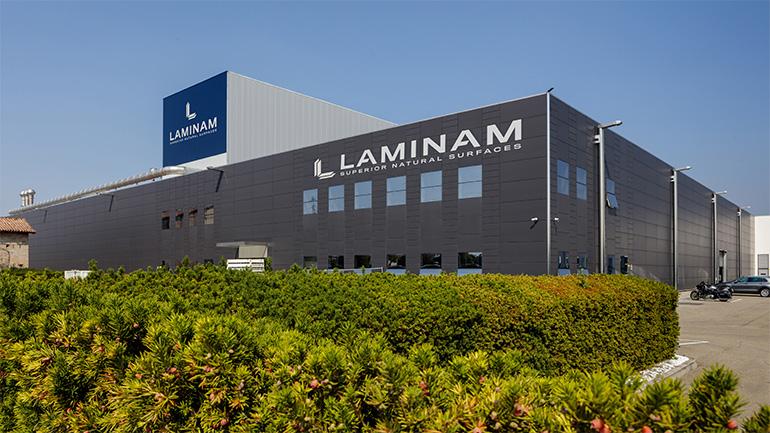
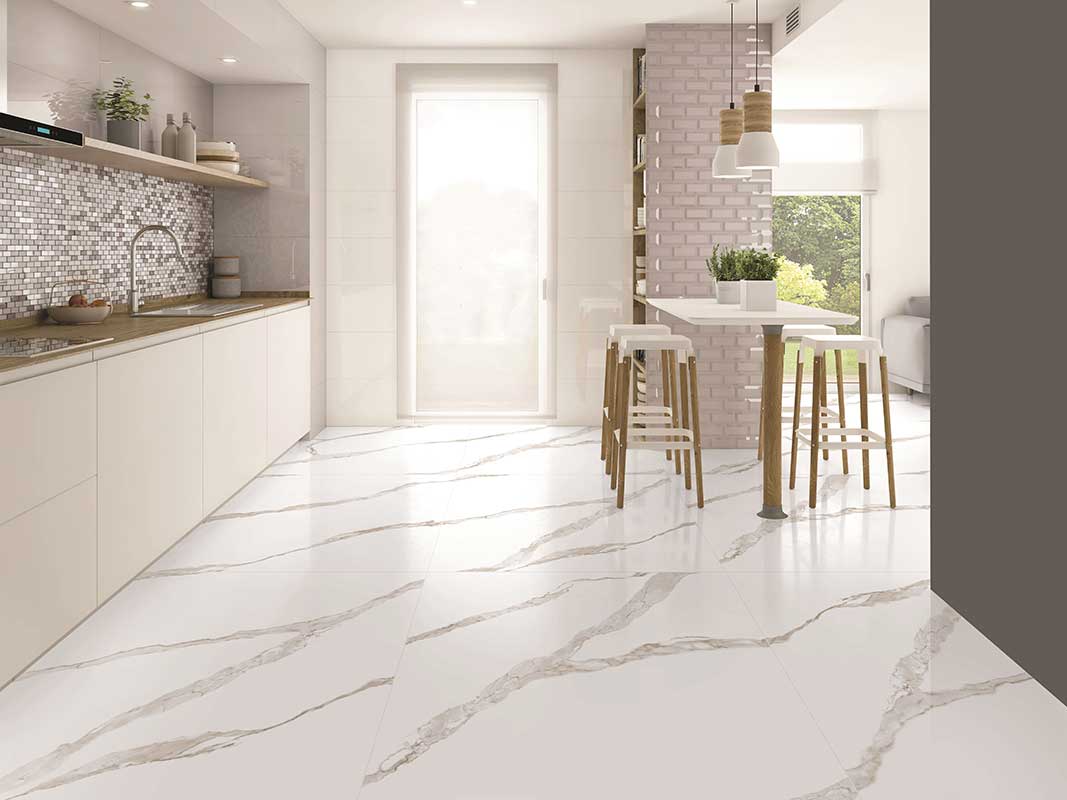
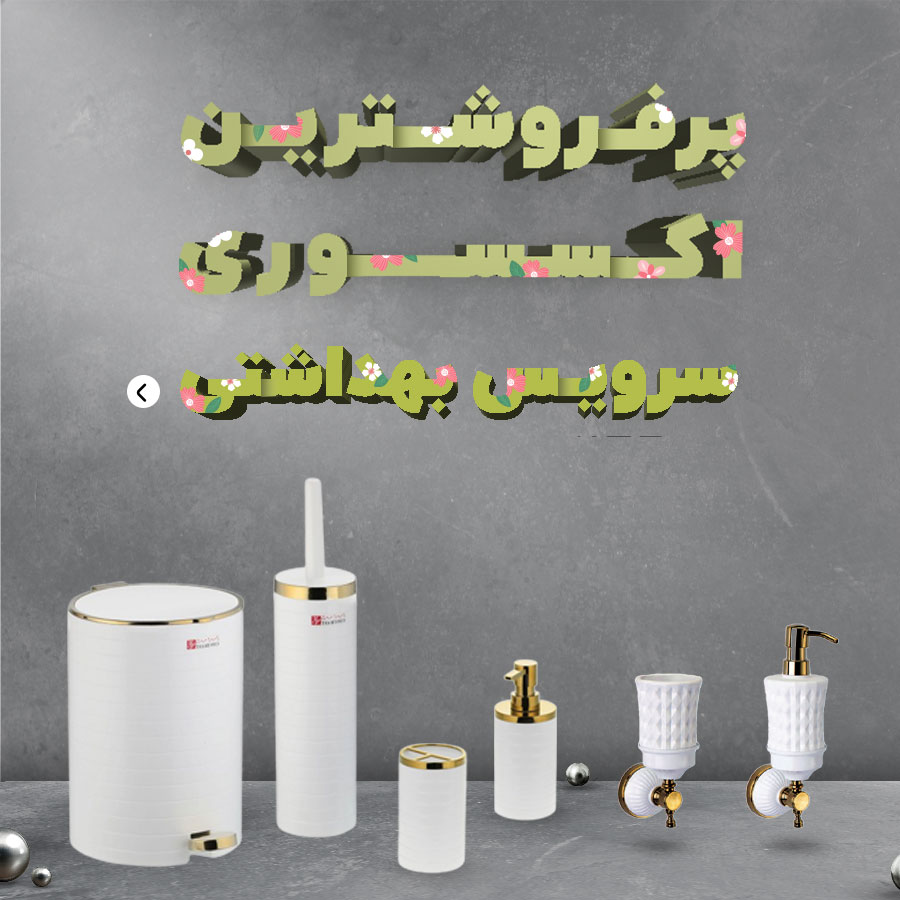

نظرات ۰